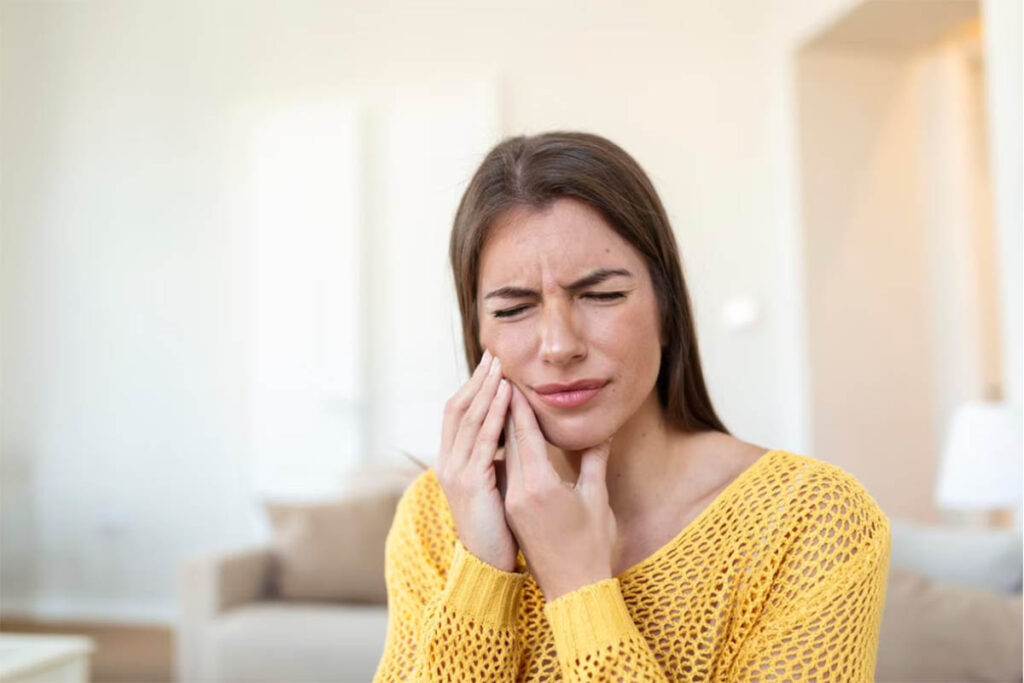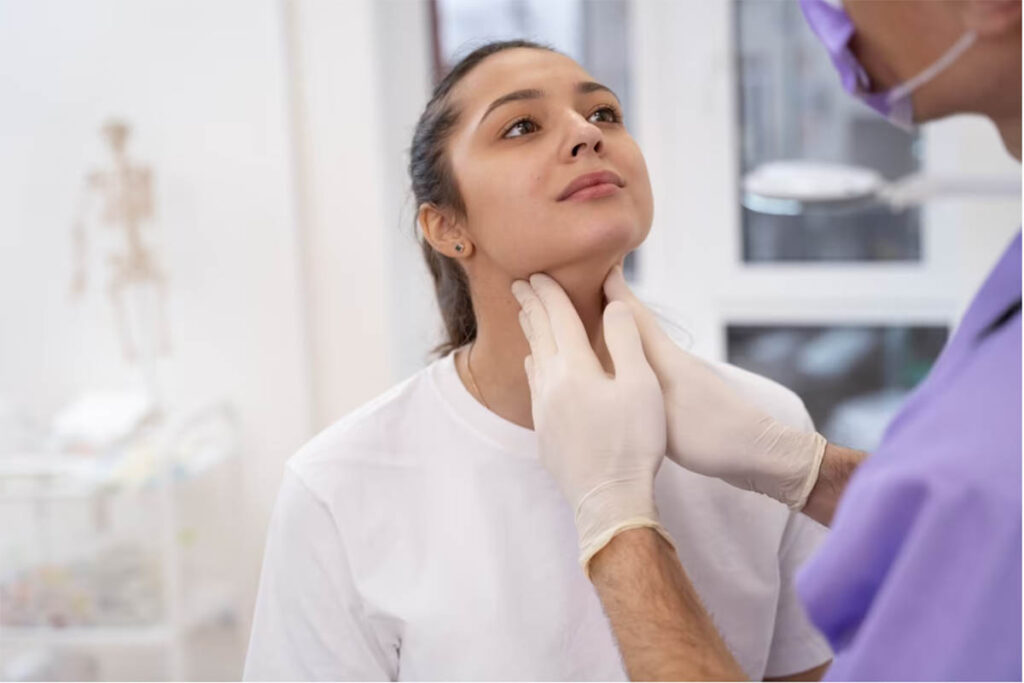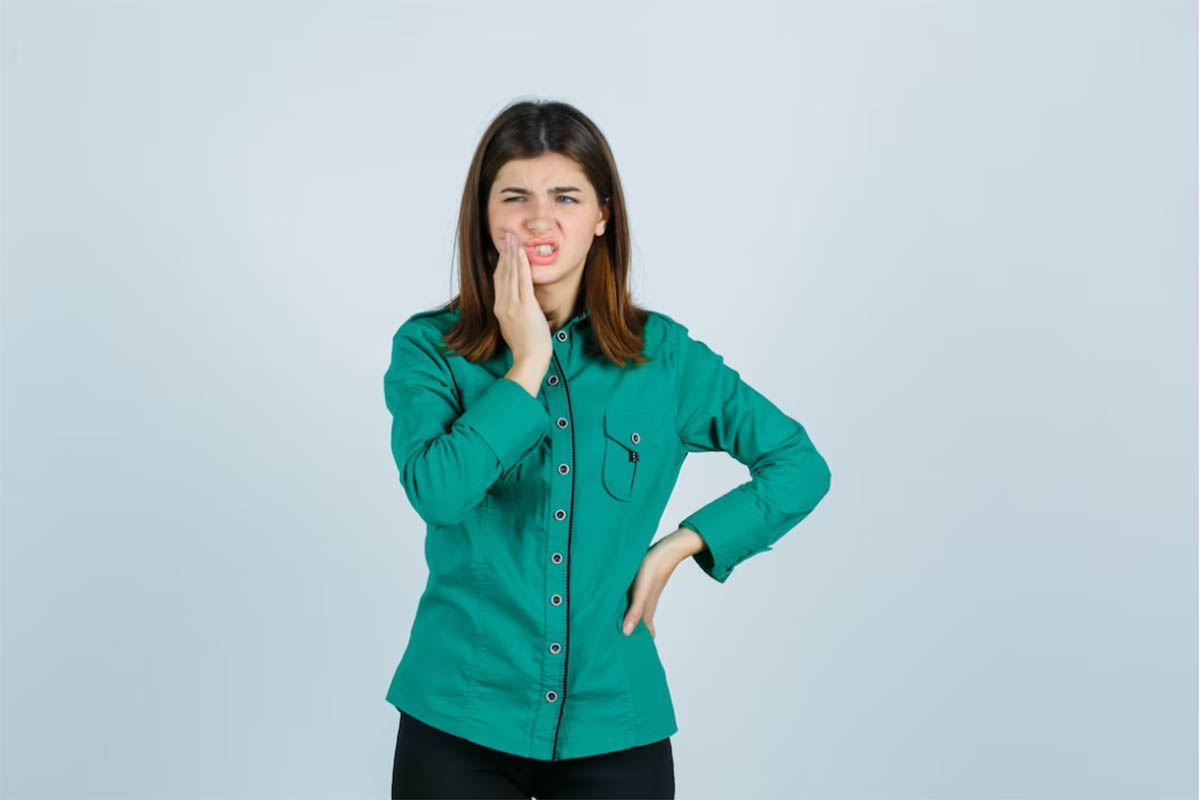Introduction
Temporomandibular joint (TMJ) pain is a common condition that affects millions of people worldwide. The TMJ is the joint that connects your jawbone to your skull, and it plays a crucial role in chewing, talking, and other jaw movements. TMJ pain can result from various factors, including teeth grinding, jaw misalignment, stress, and arthritis. If left untreated, TMJ pain can lead to chronic discomfort and hinder daily activities. In this comprehensive 2500-word article, we will explore natural remedies and treatment options for TMJ pain relief. Understanding these solutions can help individuals effectively manage their TMJ pain and improve their overall quality of life.
Table of Contents
- What is TMJ Pain?
- Causes of TMJ Pain
- a. Teeth Grinding (Bruxism)
- b. Jaw Misalignment
- c. Stress and Anxiety
- d. Arthritis
- e. Trauma or Injury
- f. Poor Posture
- Common Symptoms of TMJ Pain
- Diagnosing TMJ Pain
- a. Physical Examination
- b. Dental and Medical History
- c. Imaging Studies
- d. TMJ Arthroscopy
- Natural Remedies for TMJ Pain Relief
- a. Warm Compresses
- b. Jaw Exercises
- c. Relaxation Techniques
- d. Dietary Changes
- e. Herbal Remedies
- f. Acupuncture
- Treatment Options for TMJ Pain
- a. Medications
- b. Mouthguards or Splints
- c. Physical Therapy
- d. Botox Injections
- e. Dental Treatments
- f. TMJ Arthrocentesis
- g. Surgery (in severe cases)
- Preventing TMJ Pain
- a. Avoiding Teeth Grinding
- b. Stress Management
- c. Proper Posture
- d. Avoiding Chewing Gum and Hard Foods
- Conclusion
1. What is TMJ Pain?
TMJ pain refers to discomfort and pain in the temporomandibular joint, which connects the lower jaw (mandible) to the skull. This joint allows for the movement of the jaw, enabling essential functions such as chewing, speaking, and yawning. When the TMJ becomes inflamed or irritated, individuals may experience pain and stiffness in the jaw area, affecting their ability to perform daily activities.
2. Causes of TMJ Pain

a. Teeth Grinding (Bruxism)
Teeth grinding or clenching, known as bruxism, can put excessive pressure on the TMJ and lead to pain and inflammation.
b. Jaw Misalignment
An improper alignment of the jaw can cause the TMJ to function abnormally, resulting in pain and discomfort.
c. Stress and Anxiety
Stress and anxiety can lead to jaw clenching, contributing to TMJ pain.
d. Arthritis
Arthritis, particularly osteoarthritis or rheumatoid arthritis, can affect the TMJ and cause pain.
e. Trauma or Injury
A direct blow to the jaw or a traumatic injury can damage the TMJ and result in pain.
f. Poor Posture
Poor posture, especially when sitting at a desk or using electronic devices, can strain the neck and jaw muscles, leading to TMJ pain.
3. Common Symptoms of TMJ Pain
The symptoms of TMJ pain may vary from mild to severe and can include:
- Jaw pain or tenderness
- Difficulty or discomfort while chewing
- Clicking or popping sounds in the jaw when opening or closing the mouth
- Jaw locking or limited movement
- Earaches or headaches
- Facial pain or fatigue
- Swelling on the side of the face
- Neck and shoulder pain
4. Diagnosing TMJ Pain
a. Physical Examination
A healthcare provider or dentist will conduct a physical examination of the jaw, checking for tenderness, clicking sounds, and jaw movement.
b. Dental and Medical History
A detailed dental and medical history will be taken to identify any potential causes or risk factors for TMJ pain.
c. Imaging Studies
X-rays, CT scans, or MRI may be performed to visualize the TMJ and assess its structure and any abnormalities.
d. TMJ Arthroscopy
In some cases, a minimally invasive procedure called TMJ arthroscopy may be used to examine the joint and diagnose TMJ pain.
5. Natural Remedies for TMJ Pain Relief

a. Warm Compresses
Applying a warm compress to the jaw can help relax the muscles and reduce pain and inflammation.
b. Jaw Exercises
Gentle jaw exercises, such as jaw stretches and range-of-motion exercises, can promote jaw flexibility and alleviate tension.
c. Relaxation Techniques
Practicing relaxation techniques, such as deep breathing, meditation, and yoga, can reduce stress and jaw clenching.
d. Dietary Changes
Avoiding hard, chewy, or crunchy foods can reduce strain on the jaw. Opt for soft and easy-to-chew foods.
e. Herbal Remedies
Certain herbal remedies, such as chamomile tea or valerian root, may help promote relaxation and reduce muscle tension.
f. Acupuncture
Acupuncture, a traditional Chinese medicine technique, involves inserting thin needles into specific points on the body to alleviate pain and promote healing.
6. Treatment Options for TMJ Pain
a. Medications
Over-the-counter pain relievers, such as ibuprofen or acetaminophen, can provide temporary relief from TMJ pain and inflammation.
b. Mouthguards or Splints
Wearing a mouthguard or splint can help reposition the jaw and prevent teeth grinding and clenching.
c. Physical Therapy
Physical therapy can include exercises, stretches, and massages to improve jaw function and reduce pain.
d. Botox Injections
In some cases, Botox injections may be used to relax the jaw muscles and alleviate TMJ pain.
e. Dental Treatments
Dental treatments, such as reshaping or replacing teeth, may be recommended to correct bite issues and jaw misalignment.
f. TMJ Arthrocentesis
TMJ arthrocentesis is a minimally invasive procedure that involves flushing the joint with sterile fluid to reduce inflammation.
g. Surgery (in severe cases)
In severe and persistent cases of TMJ pain, surgery may be considered to repair or replace the joint.
7. Preventing TMJ Pain
a. Avoiding Teeth Grinding
If you grind your teeth, talk to your dentist about wearing a mouthguard to protect your teeth and alleviate TMJ strain.
b. Stress Management
Practicing stress management techniques, such as meditation and yoga, can help reduce jaw clenching caused by stress and anxiety.
c. Proper Posture
Maintain good posture to reduce strain on the neck and jaw muscles.
d. Avoiding Chewing Gum and Hard Foods
Limiting the consumption of chewing gum and hard foods to alleviate excessive activity at your TMJ while it is inflamed.
Conclusion:
Promoting TMJ pain relief is essential when you’re jaw is unhappy and painful. We hope this article provided you with some great information. If you would like an evaluation, please call OrMobility Physical Therapy & Performance at 541-845-3311 today!


